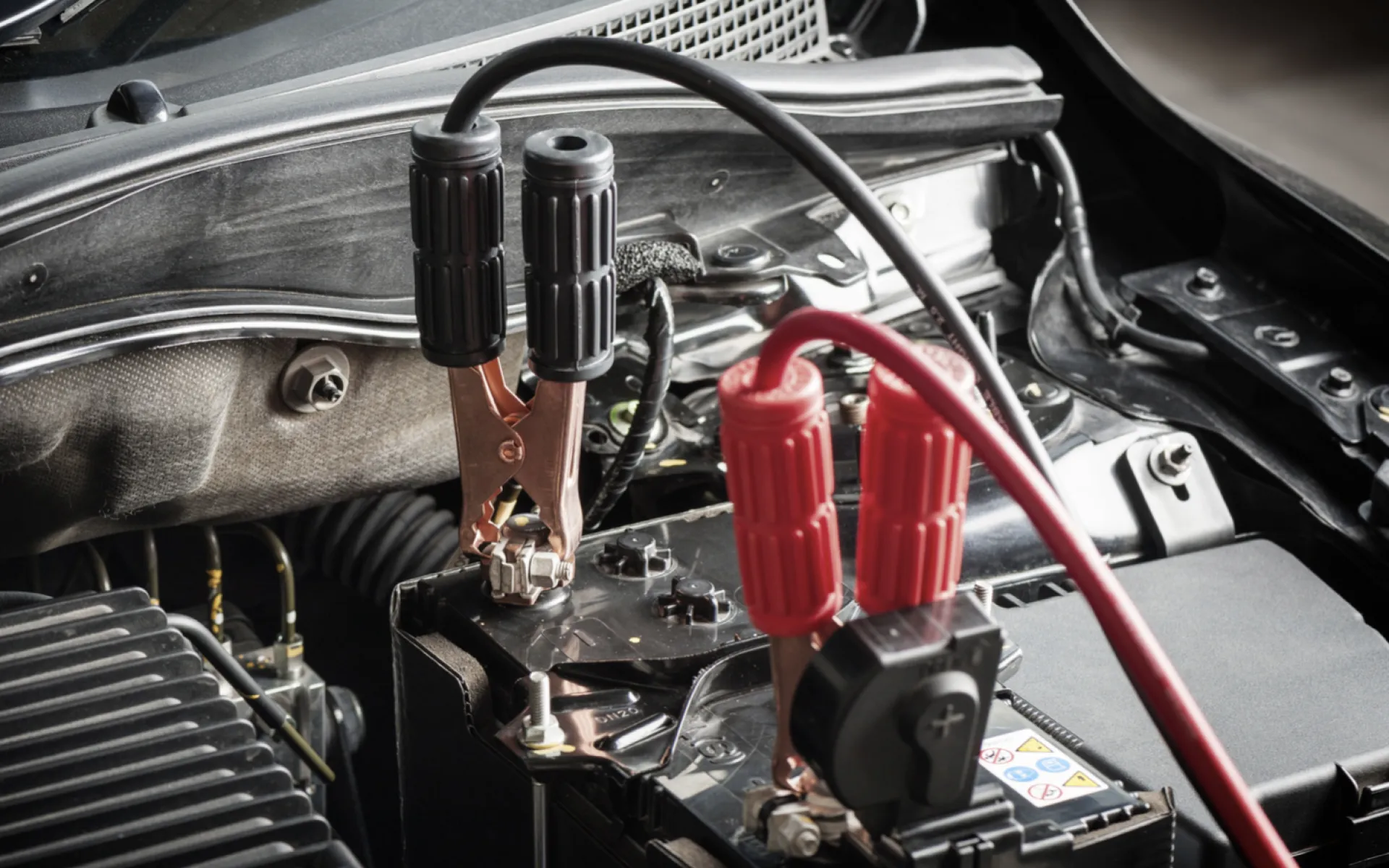Search
Do You Leave Cars on When Removing Jumper Cables?
If you ever wonder if you should leave your car on while removing jumper cables, the answer is no. Once the dead battery has been given a jump-start, you can turn off your engine and remove the jumper cables.
If you're not sure how to properly remove jumper cables, here are a few tips:
-
First, make sure that the cars are not touching each other before you begin.
-
Second, disconnect the black, or negative cable from the car with the dead battery first.
-
Third, disconnect the red, or positive cable from the working car.
-
Finally, remove the last black, or negative cable from the working car.
By following these simple steps, you can avoid any potential damage to your car's electrical system.
Once all four cables are connected, start the working car and let it run for a few minutes. Then try starting the dead car. If it doesn't start right away, give it a few more minutes. If it still doesn't start, you may need to replace the battery.
Jumping a car with a dead battery is a pretty simple process, but it's always best to consult your owner's manual before attempting it. Now that you know how to do it, you'll be prepared the next time your car won't start.
Tools You Should Always Have in Your Car
In addition to knowing how to jump-start a car, it's also a good idea to have a few other tools on hand in case of an emergency. Here are a few essential items that every driver should keep in their car:
-
A set of jumper cables: As we just discussed, jumper cables are essential for jump-starting a dead battery. Be sure to get a good quality set that is long enough to reach from one car to the other.
-
A flashlight: A flashlight can be useful for many different things, from checking under the hood to finding your way if you're stranded on the side of the road at night.
-
A first aid kit: A first aid kit is always a good idea to have in your car, just in case you or a passenger is injured.
-
A blanket: A blanket can come in handy if you get stranded in cold weather and need to stay warm.
-
A fire extinguisher: A fire extinguisher is a must-have in any car, just in case you ever find yourself in a situation where there is a fire.
What Are Jumper Cables?
Jumper cables are a set of two electrical wires that are used to jump-start a car with a dead battery. One end of the jumper cables is connected to the working battery, while the other end is connected to the dead battery. Once both ends are connected, power from the working battery is transferred to the dead battery, allowing the car to start.
Why Do Jumper Cables Have Different Colors?
The reason jumper cables have different colors is so that you can easily identify which cable goes where. The red, or positive, cable is always connected to the positive terminal of the battery, while the black, or negative, cable is always connected to the negative terminal. This prevents accidental reversed polarity, which could damage the electrical system of the car.
Jumper Cables FAQ
Q: Do I need to remove the jumper cables once the dead battery has been given a jump-start?
A: No, you can leave the jumper cables connected until you're ready to disconnect them.
Q: What order should I disconnect the jumper cables?
A: You should always disconnect the black, or negative cable from the car with the dead battery first. Then disconnect the red, or positive cable from the working car. Finally, remove the last black, or negative cable from the working car.
Q: Can I jump-start my car with a flat battery?
A: Yes, you can jump-start a car with a flat battery. However, it's important to note that you should only attempt to jump-start the car if the battery is completely flat. If there's still some charge left in the battery, you should take it to a mechanic to have it checked out before attempting to jump-start it.
Q: What do I do if my car still won't start after jumping it?
A: If your car still won't start after jumping it, you may need to replace the battery. Consult your owner's manual or take it to a mechanic to have it checked out.
More Blog Articles
Web development by Caribbean New Media.

